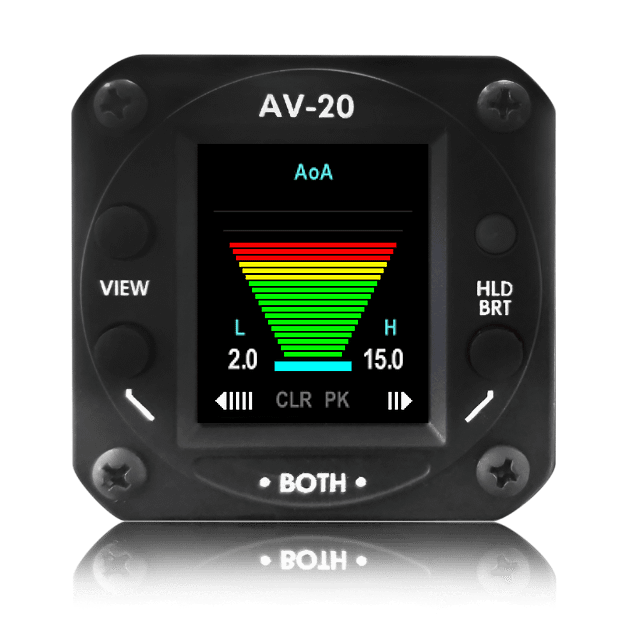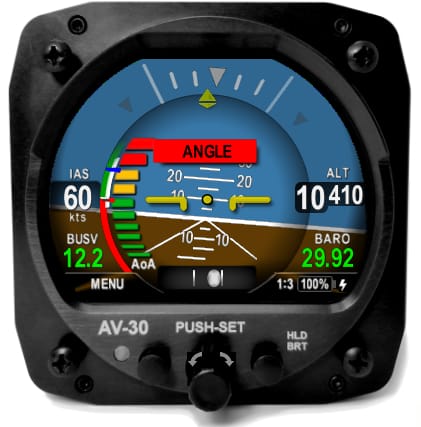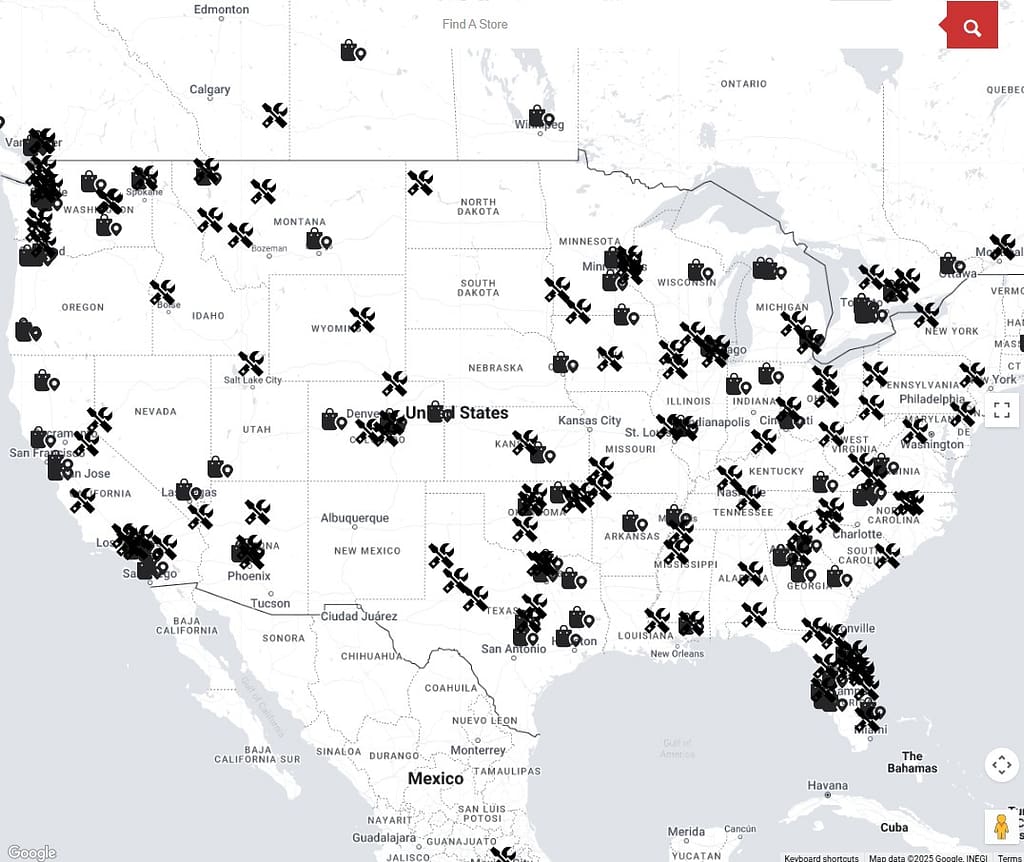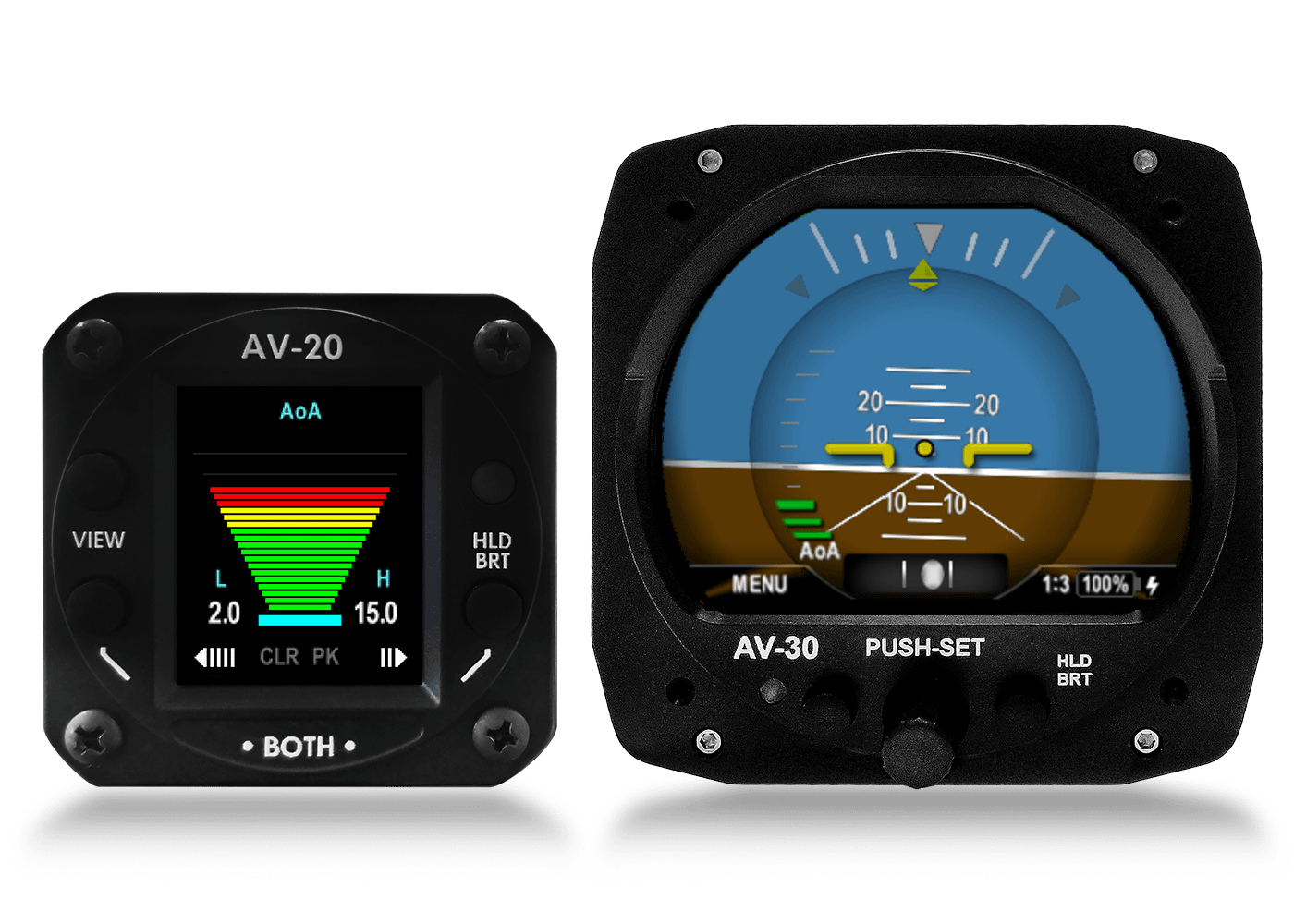Introduction
Flying safely means being fully aware of your aircraft’s capabilities and limitations, especially when it comes to stalls. One key factor every pilot needs to understand is Angle of Attack (AOA)—the angle between your wing’s chord line and the airflow hitting the wing. Recent FAA recommendations are strongly encouraging the GA community to adopt AOA indicators, highlighting their role in preventing loss-of-control (LOC) incidents. Check out the FAA’s full recommendation here.
What Exactly is Angle of Attack (AOA)?
AOA tells you exactly how close your aircraft is to stalling—regardless of your airspeed, altitude, or attitude. Many pilots rely heavily on airspeed indicators to prevent stalls, but relying solely on stall speeds can be misleading because stall speed changes with factors like aircraft weight, flap settings, bank angle, and load factor. This variability can cause unexpected stalls, especially during critical maneuvers. An AOA indicator solves this problem by providing a consistent and direct measure of how close your wing is to stalling, helping you fly safely under any flight condition.
FAA and NTSB: Why They Care About AOA
The FAA recently published a Special Airworthiness Information Bulletin (SAIB 2024-07), which provides safety-related recommendations that pilots and aircraft owners should seriously consider. Although compliance isn’t mandatory, the FAA strongly emphasizes its importance. According to SAIB 2024-07:
“Research has shown AOA indicators assist pilots with stall margin awareness, stall prevention, and recovery from unusual attitudes or upset.”
“The use of an AOA system can provide a more reliable indication of an impending stall than an airspeed indicator alone. In many cases, an approaching stall is not apparent to a pilot without considering AOA.”
The bulletin highlights specific incidents, such as the tragic crash of Colgan Air Flight 3407, where poor AOA awareness directly contributed to the loss of lives. The NTSB has consistently backed this message, encouraging AOA indicators as essential tools to prevent LOC accidents.
How Can an AOA Indicator Help You Fly Safer?
An AOA indicator boosts your situational awareness, especially during critical phases like takeoffs, landings, tight turns, or emergencies. Clear visual and audio warnings help you immediately recognize when your wing is nearing a stall, allowing you to quickly correct your flight path and avoid dangerous situations.
uAvionix Has Your Back with Easy-to-Install Solutions
AV-20-S – 12-in-1 Multifunction FAA Approved 2″ Clock Replacement –
The uAvionix AV-20-S is a small but powerful multifunction instrument that fits perfectly into a standard 2-inch panel slot, providing instant access to essential flight information and probeless AOA data. The AV-20-S calculates your aircraft’s AOA by tracking pitch, flight path angle, and G-loading, offering reliable stall warnings without needing an external probe. The installation process couldn’t be easier—no extensive modifications required, making it a perfect solution for GA pilots looking to upgrade quickly and easily. Discover the AV-20-S here.

AV-30 – 14-in-1 3″ Multifunction EFIS for Certified and Experimental Aircraft
Looking for more functionality? The AV-30 is an advanced digital cockpit display that packs in probeless AOA capability along with attitude, altitude alerts, airspeed data, a G-meter, and even GPS navigation features. Like the AV-20-S, it’s simple to install—fitting directly into standard 3-inch instrument panel slots with minimal fuss. Its bright, customizable display and easy-to-use interface make it incredibly user-friendly. Check out the AV-30 in detail.

The Advantage of Probeless AOA Technology
Traditional AOA systems often rely on external probes, which means complicated installations and ongoing maintenance. uAvionix’s probeless technology simplifies things dramatically by using internal sensors that measure your aircraft’s pitch, G-load, and flight path to accurately determine AOA. This approach drastically simplifies installation, reduces maintenance needs, and ensures consistent, reliable performance.
Installation Made Easy
Both the AV-20-S and AV-30 are probeless AOA systems, meaning no external sensor installation is required on your aircraft—making installation significantly faster, simpler, and less costly. Simply place them into your existing panel slots (2-inch or 3-inch respectively), and follow the clear, step-by-step instructions provided for wiring and calibration. AOA is a standard feature on all AV-20 and AV-30; no separate software unlock is required. Additionally, uAvionix has a network of preferred installers specially trained in the quick and cost-effective installation of these systems. You can easily find your nearest installer here.

Fly Safer with AOA
Integrating an AOA indicator into your cockpit is a straightforward way to significantly enhance your safety as a GA pilot. With the FAA’s clear recommendations and user-friendly solutions like the uAvionix AV-20-S and AV-30, there’s never been a better or easier time to adopt this essential technology.
Ready to fly safer? Learn more by visiting the uAvionix AV-20-S and AV-30 pages, or check out the FAA’s recommendations here.
# # #
For more information about uAvionix and its aviation safety solutions, please visit https://uAvionix.com/.
Follow uAvionix on LinkedIn, X, Facebook, Instagram or YouTube
Contact for media: squawk@uAvionix.com


